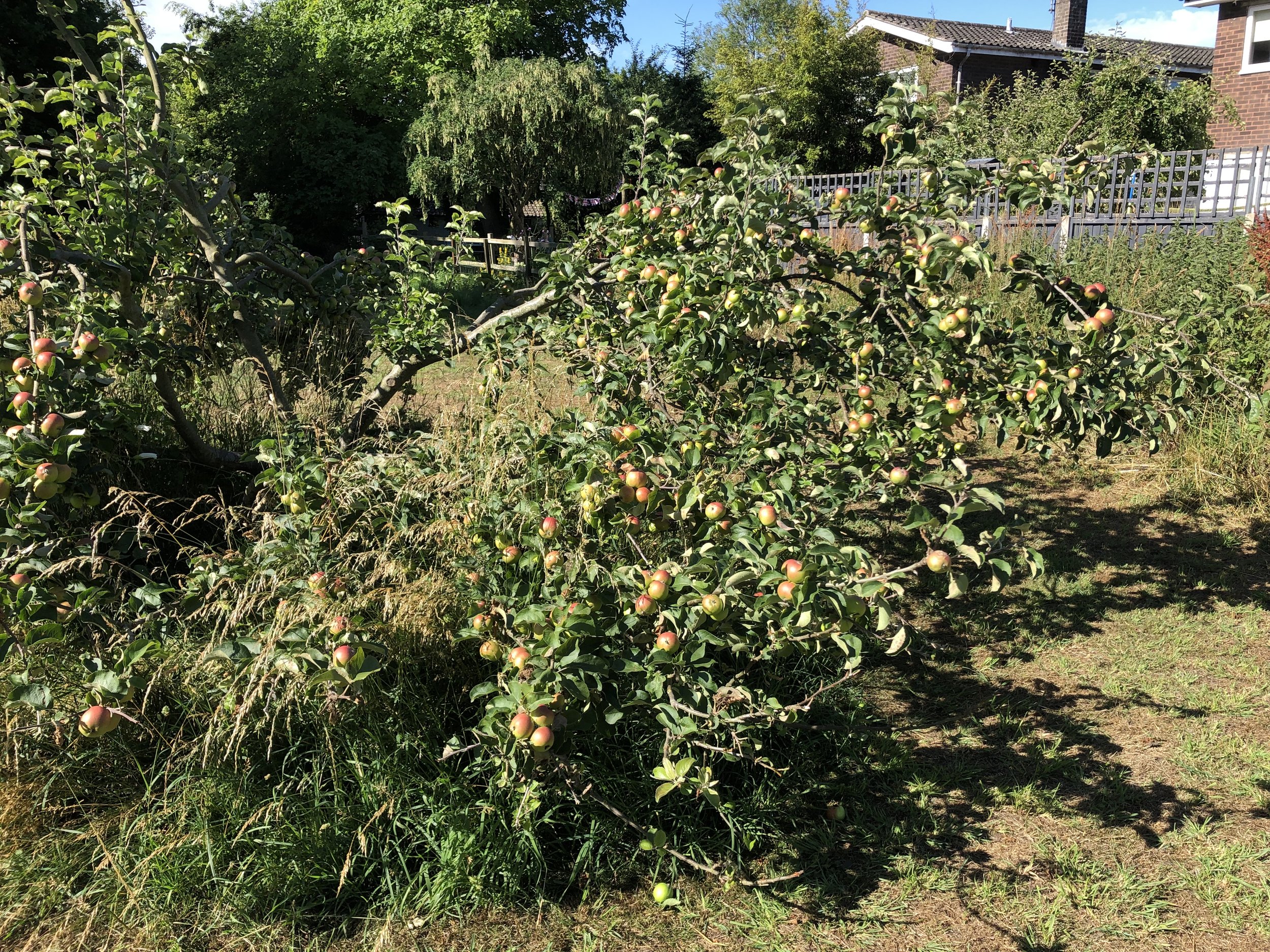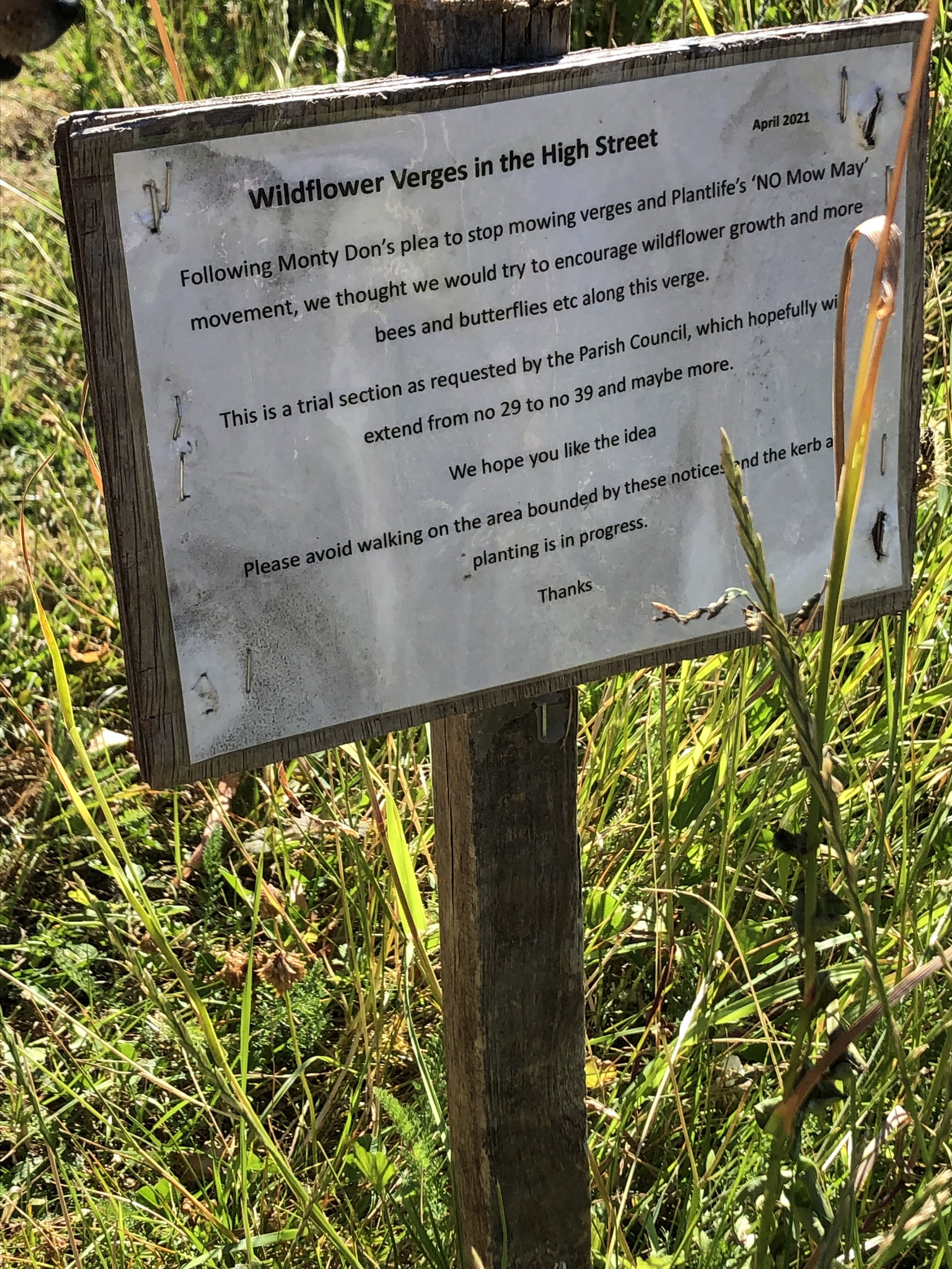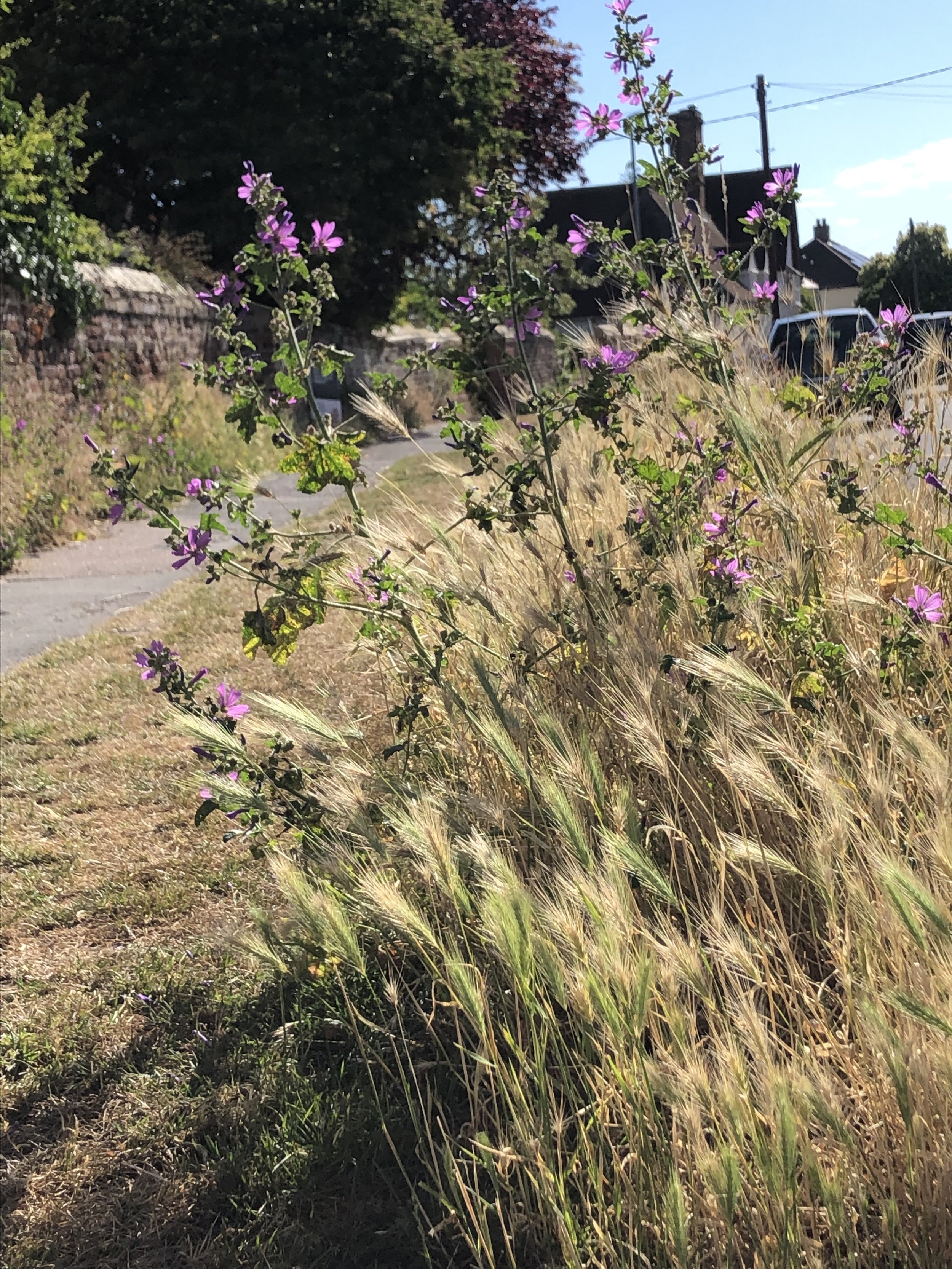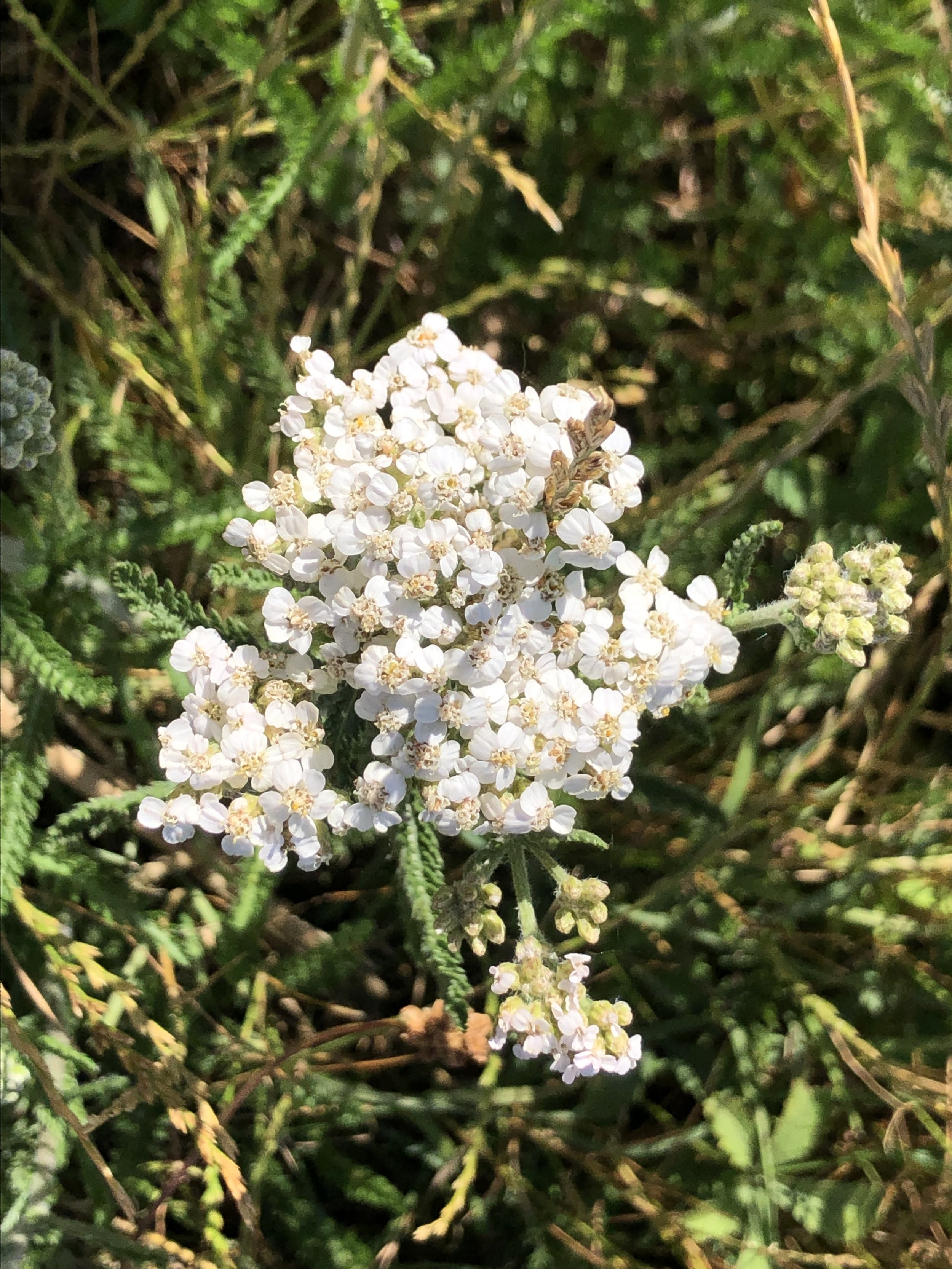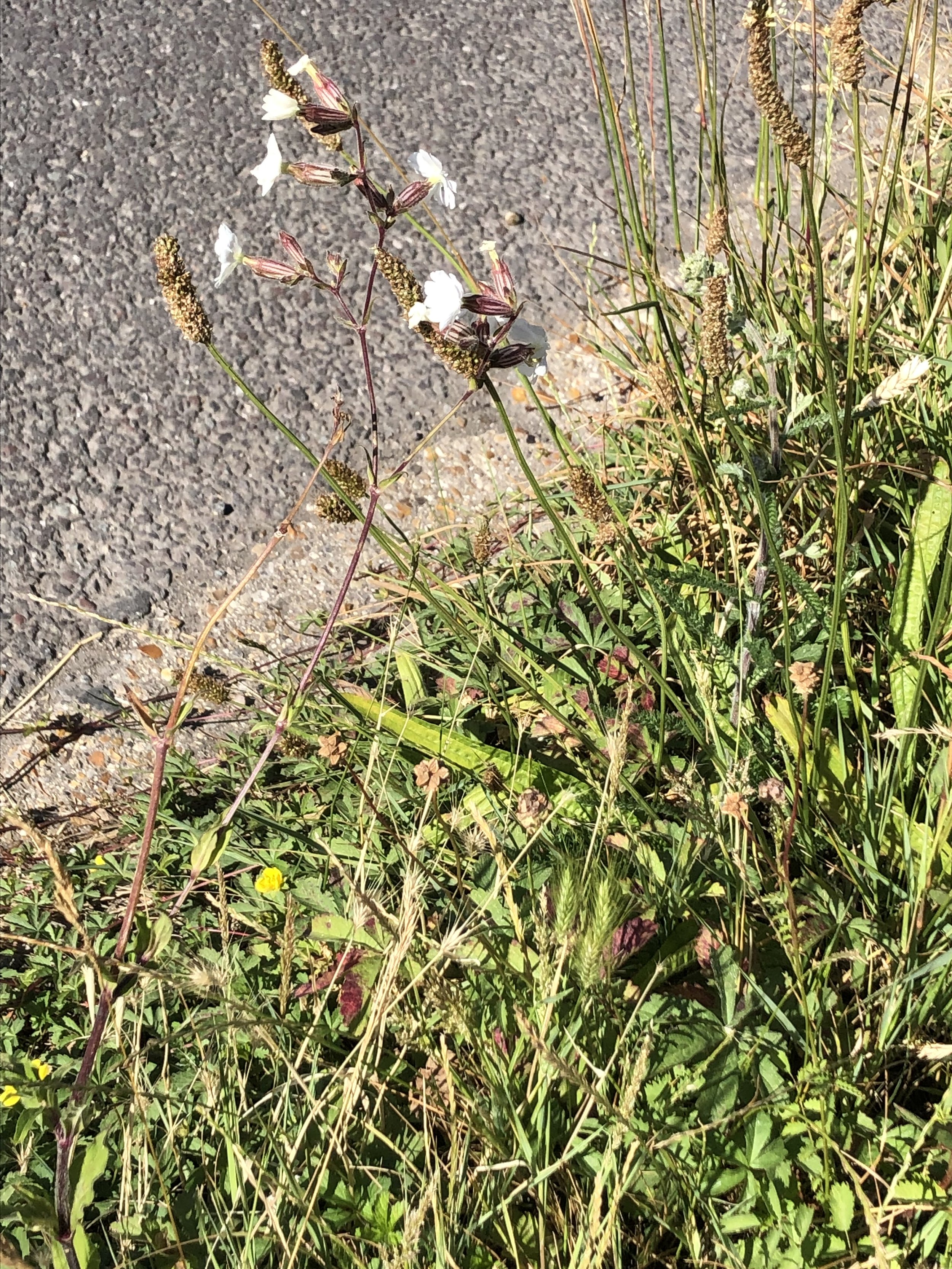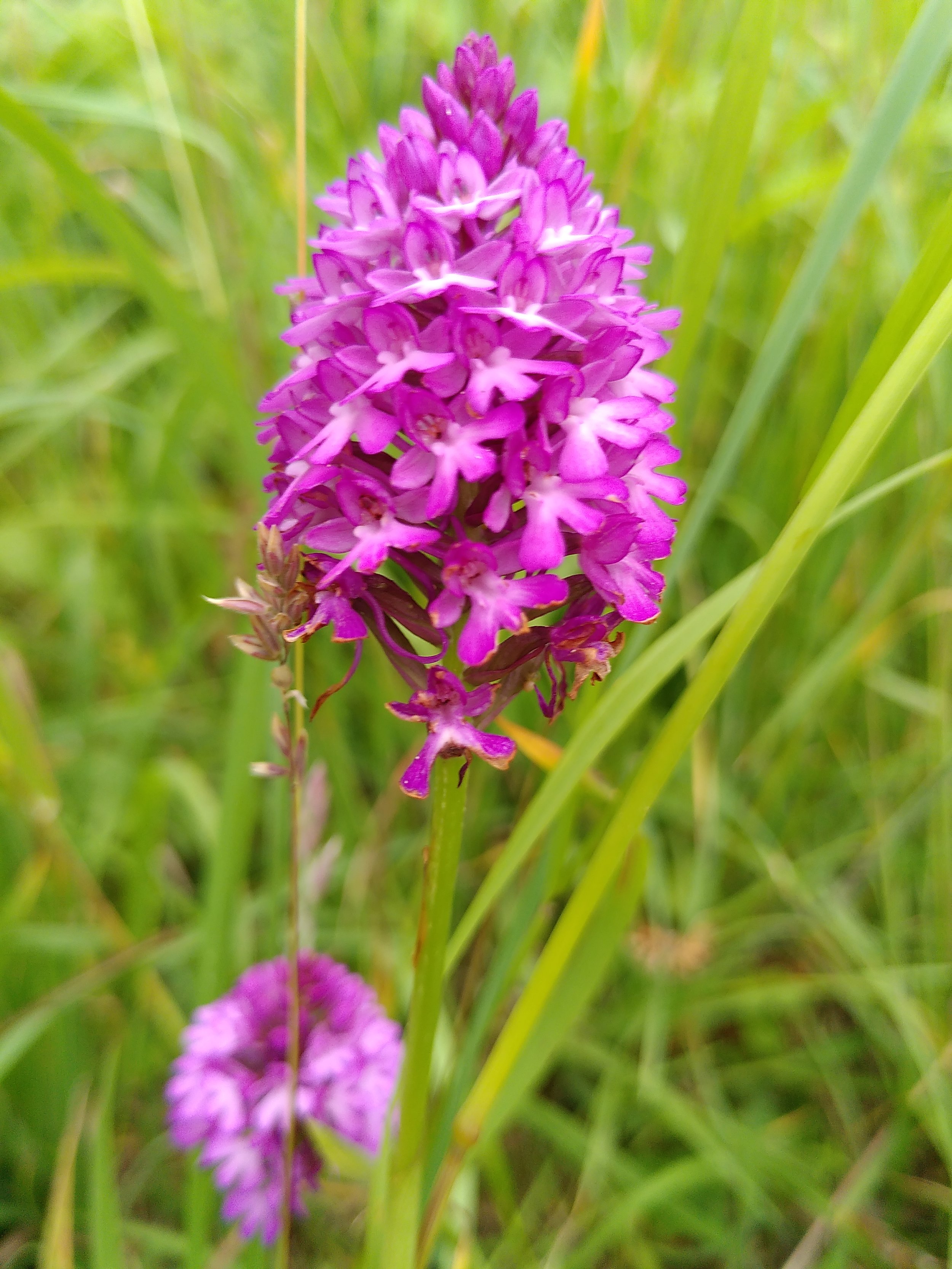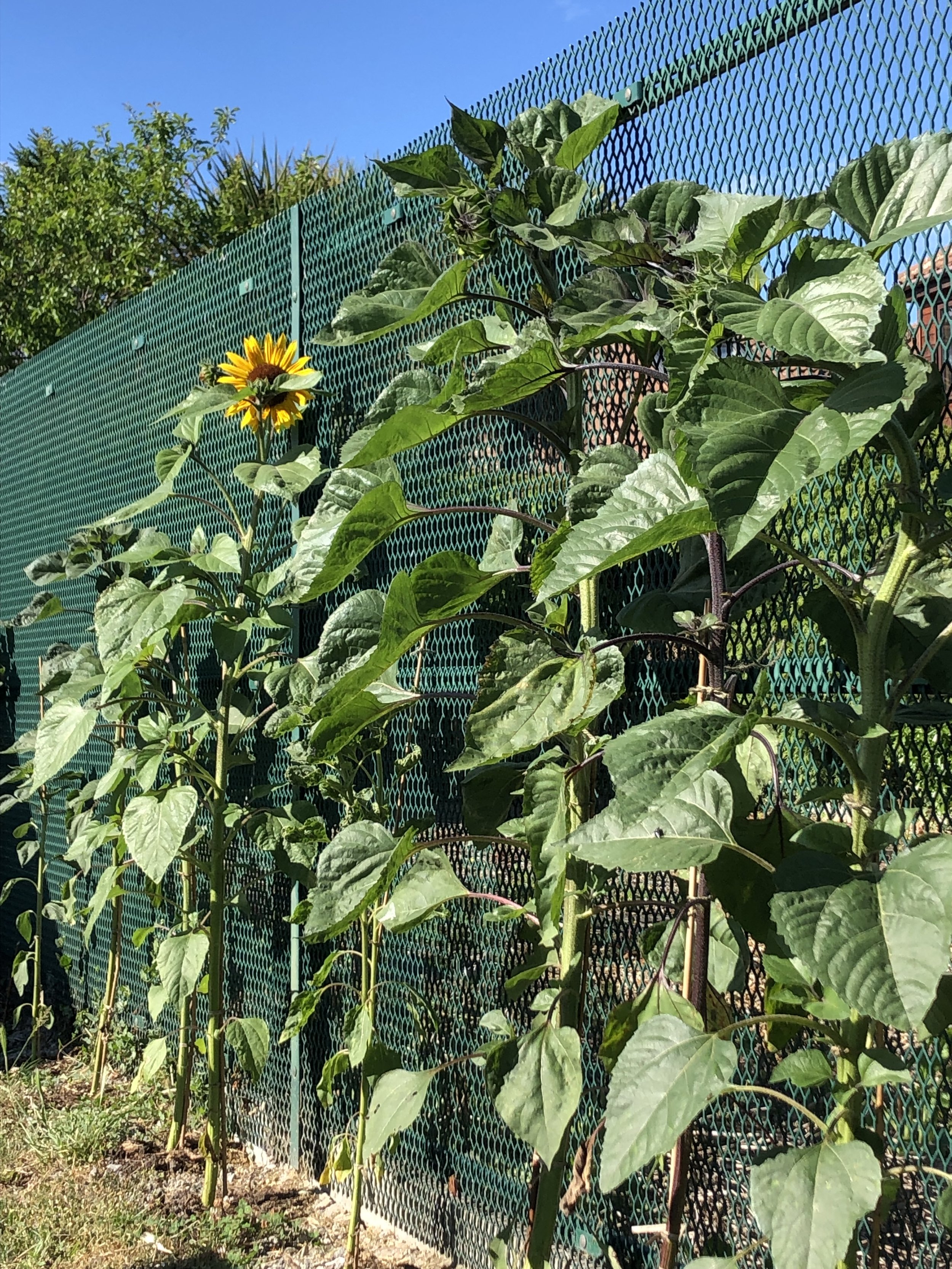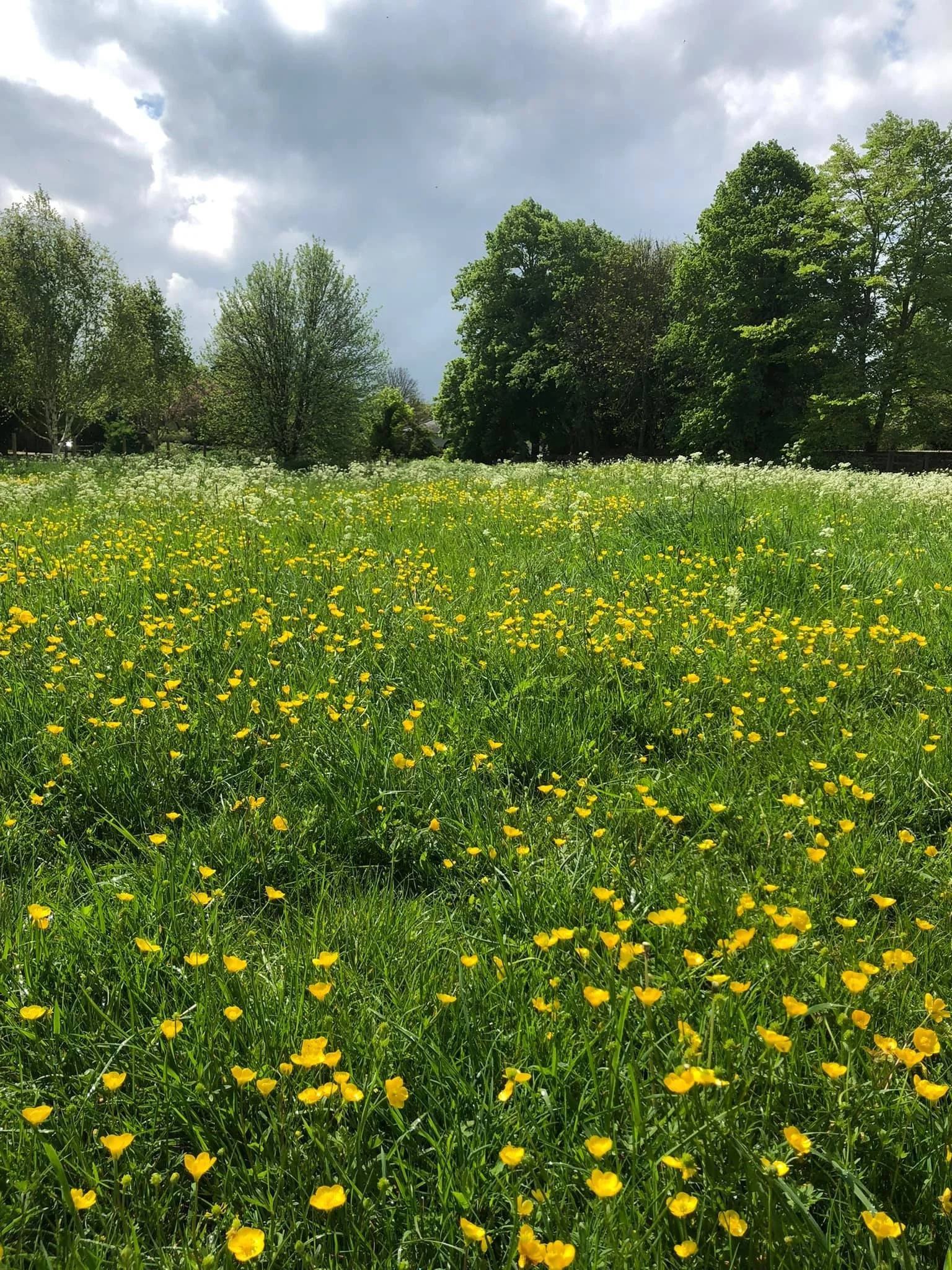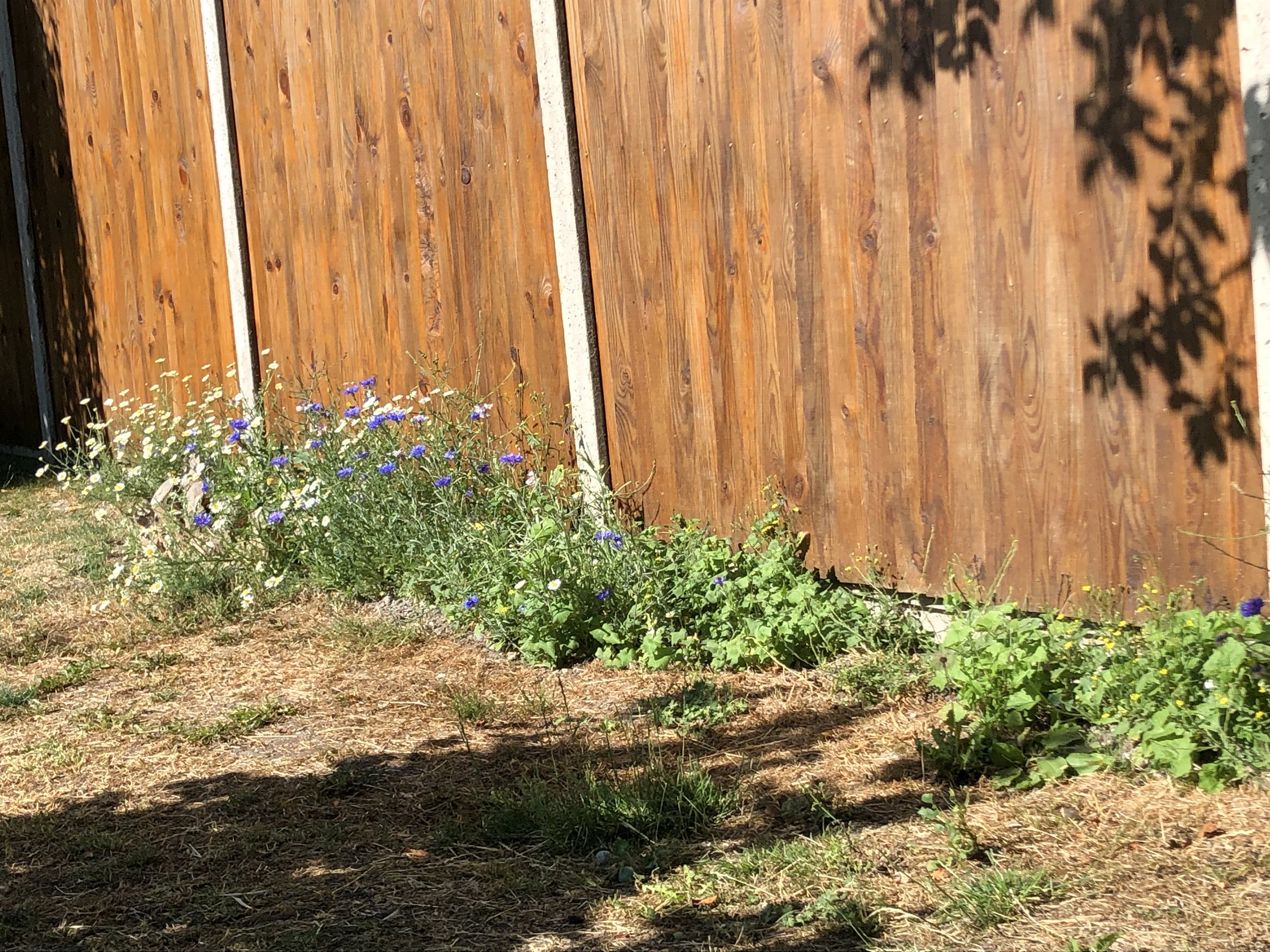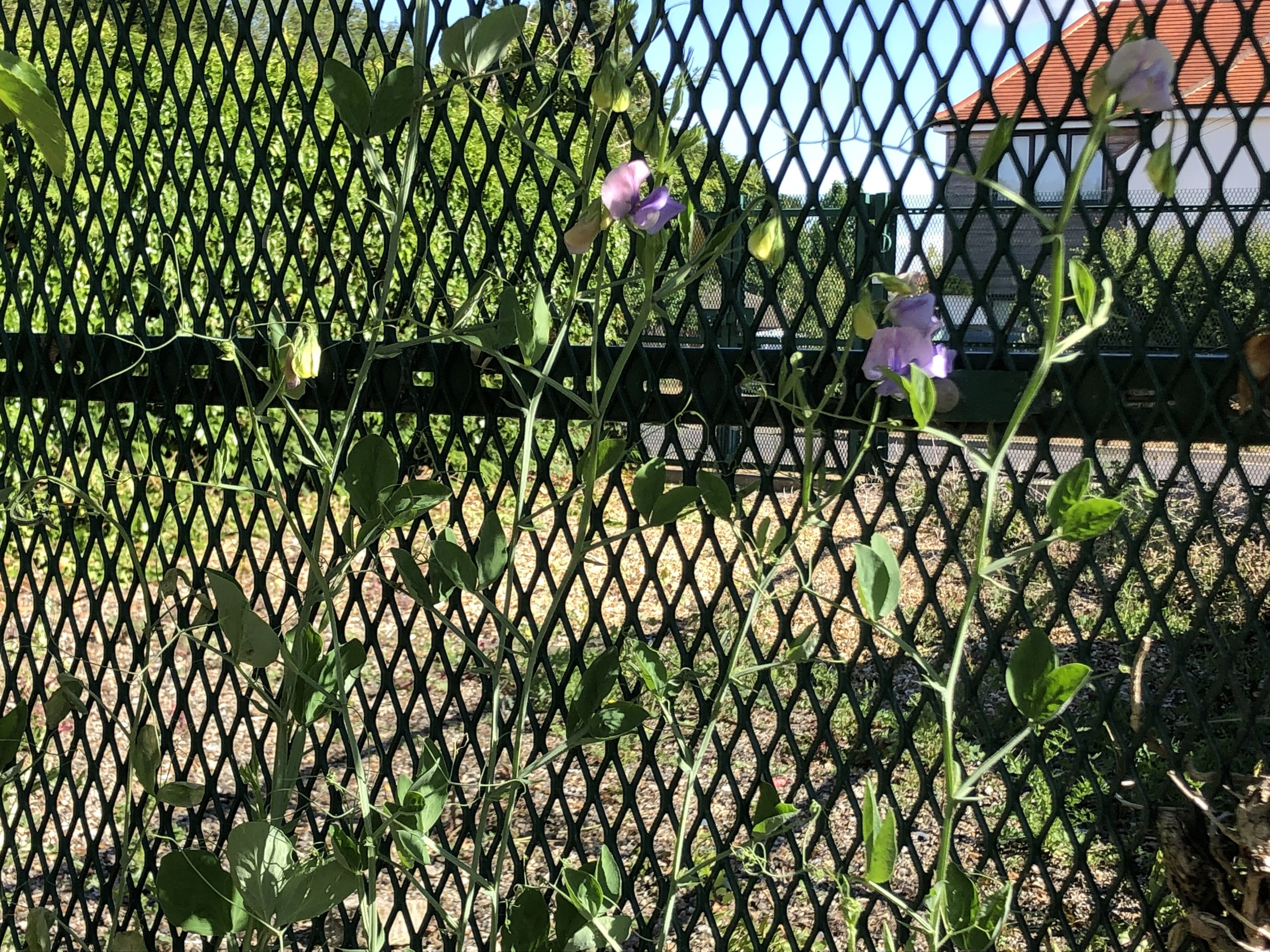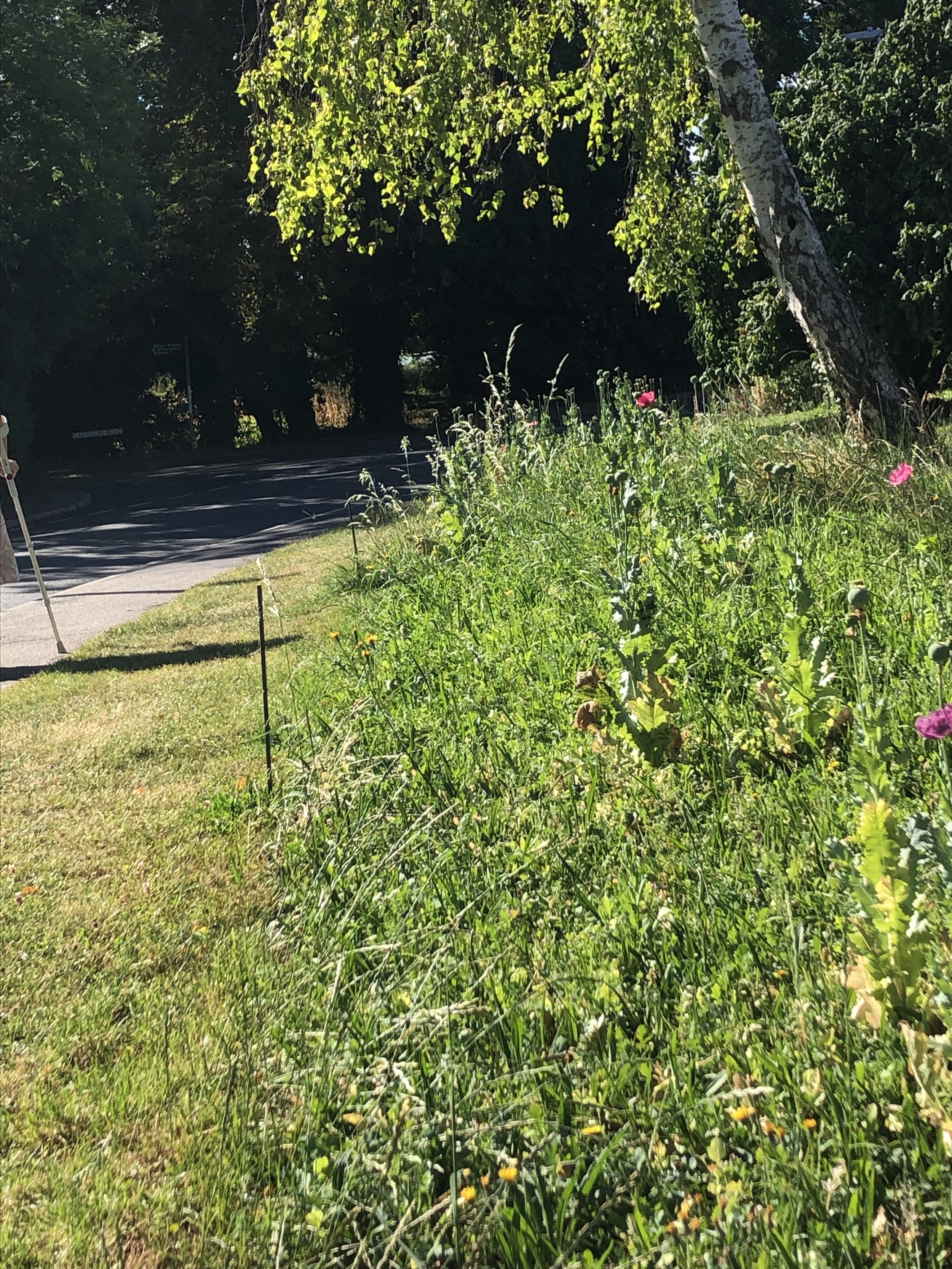In the gardens, on the verges, and on the boundaries of our farmlands, more and more people are encouraging wildflowers and the minibeasts that feed on them. Why wildflowers? You can certainly benefit a wide variety of insects through ordinary garden plants, and there are many guides online to the best one to choose for wildlife, such as this one from the RHS. But not all garden plants benefit nature - hybrid double blooms, for example, often block insects from getting to the tasty nectar and pollen.
Our native wildflowers, on the other hand, provide many benefits for nature, while looking amazing! What’s more, many of our native wildflowers are scarce or endangered, due to the loss of grassland habitats. And it is important to go native - many minibeasts, like butterflies, solitary bees, hoverflies and other pollinators, are specialised feeders, either as caterpillars or adults. They need the flowers and plants they evolved with in order to thrive.
The easy way to encourage wildflowers is simply to mow less - once or twice a year if you can get away with it - and remove the cuttings for compost. This slowly removes nutrients from the soil, allowing the wildflowers to compete with coarse grasses that prefer richer soils. Mow paths or create interestingly shaped patches of unmown meadow to make it look intentional and pretty. For quicker results, seeds or plugs can be planted. The Eco Group can offer help if people know of a public area they'd like to see improved.
Click through the gallery above to see some examples of our recovering local biodiversity.
Notes on the examples shown
1) High Street Verge - A small group of local residents planted wildlfower plugs on the verge and have been leaving the street-side half unmown. Observed flowers include mallow, knapweed, hawkbit, dandelion, plantain, wild carrot (also known as Queen Anne's Lace), white campion, and forget me not. The longer grass also provides habitat and the grass seed is food for birds and small mammals.
2) Pyramidal Orchid and Peacock Butterfly - Both of these were observed on a walk around the fields between Harston and Haslingfield - first time I've seen a Pyramidal Orchid there. The Peacock Butterfly caterpillar is one of several which primarily feed on nettle.
3) Lilac Close - a resident family, assisted by members of the Eco Group, has planted wildlfowers from seed as well as sunflowers, sweetpeas, foxgloves, sedum and creeping thyme against the fences of this small public green near the bus shelter.
4) College Crescent - residents cleared a large rectangle and planted wildlfower seed. On July 2nd, I observed several oriental poppies in full bloom (when they are a favourite of pollinators like bumblebees who stuff the pockets on their hind legs with the silvery/fawn pollen) and many more flowers on the way. July 11 update - lots of red poppies now blooming! If you are involved with this initiative do get in touch - the eco group would be happy to help!
5) Wellhouse Meadow and Orchard - the eco group has been working with the parish council to mow less and encourage more wild flowers. At this time of year you can see knapweed, meadow cranesbill, meadow bedstraw, a few oxeye daisies and red and white clover. It's a tricky problem, however, as the soil is very fertile so the coarse grass easily swamps the flowers, especially in summer. Nettle and bindweed are also threatening to spread throughout, and as we are unwilling to resort to chemical sprays, we will have to mow some areas more frequently if these plants get too out of control. Both are good for pollinators/insect though, with whole ecocystems which depend upon nettle! And so far everyone loves the new "rides" or paths, through the long grass. Especially beautiful at sunrise and sunset!
Do you have something to share about increasing biodiversity in Haslingfield or Harlton? Please get in touch! Write to HnHeco@gmail.com or post on our Wild Haslingfield and Harlton Facebook Page.

